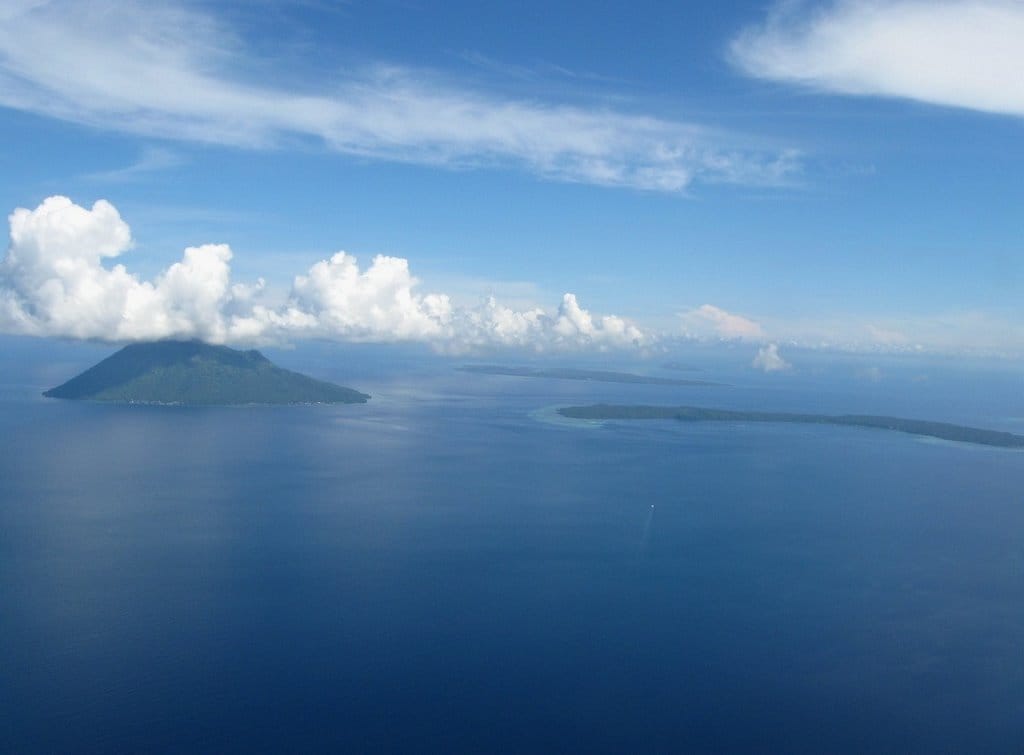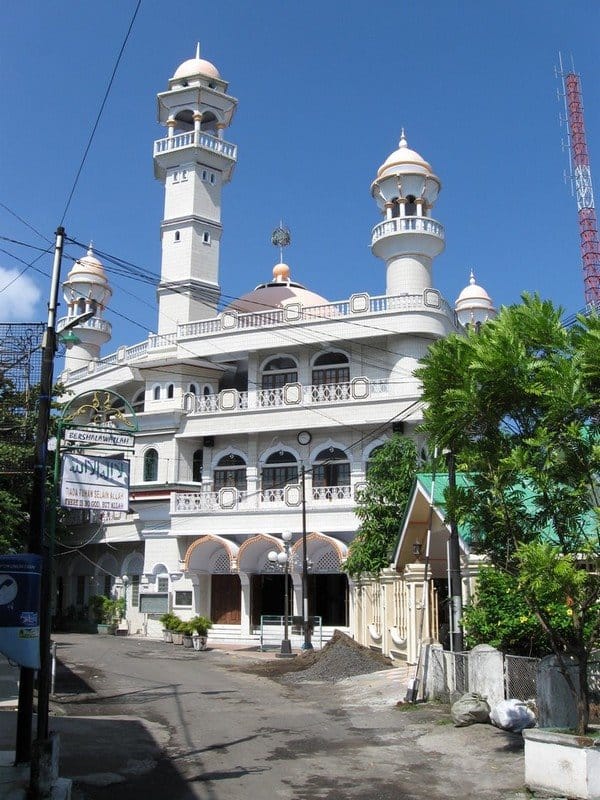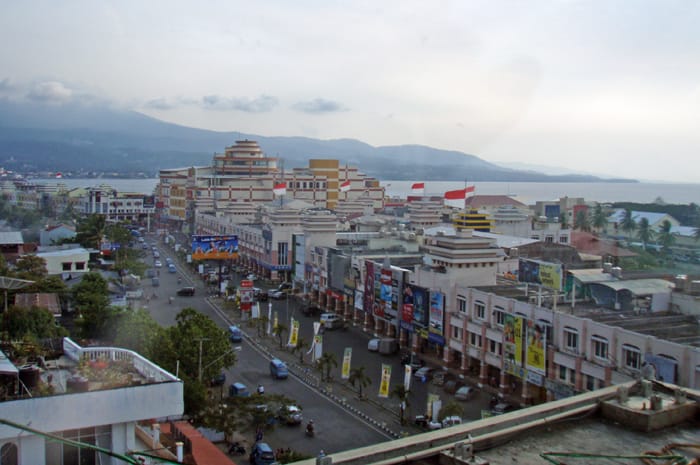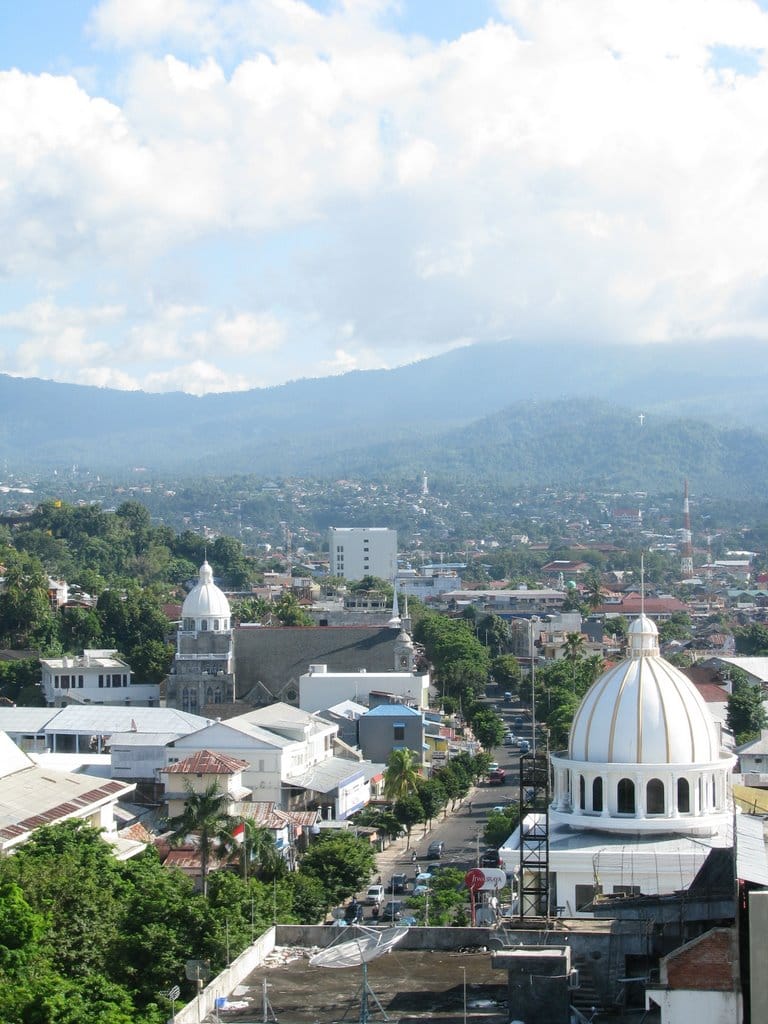In the south part of Asia, between Kalimantan and Papua New Guinea, there is a small island with a shape that is reminiscent of an octopus: Sulawesi. The island belongs to Indonesia and is one of the thousand pieces of land in that part of the world.
The island is characterised by seventy-five active volcanoes, some of them are 1800 – 2000 meters high, and one of the richest and most uncontaminated seas in the world. It is a real paradise for divers and has extraordinary environmental bio-diversity.
When I came to Manado my first time, it was at the recommendation of a best friend, a diver and global traveller who said I would find a sea with the quality and transparency of the Red Sea and French Polynesia. I was thinking it was quite close to Shanghai, but realized I was mistaken after a seven hour layover at the Singapore Airport waiting for the flight to Manado.
Enlarge
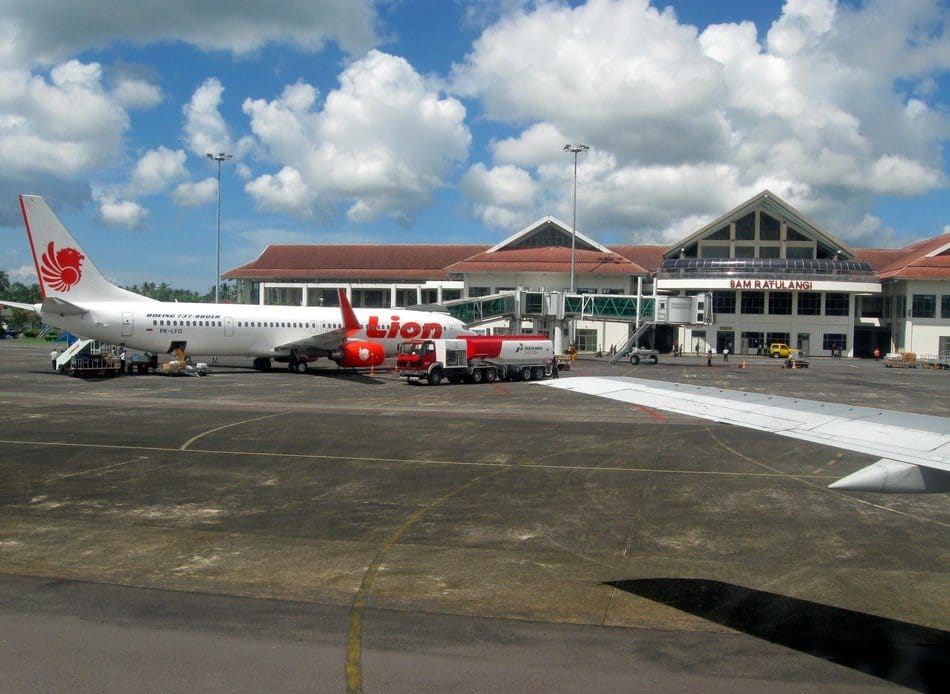
Credit: Indonesia Travel
Crossing Kalimantan, I was impressed by the deep blues and greens of the ocean, and upon arrival in Manado, I received confirmation that the ocean's beauty was endless there.
Enlarge
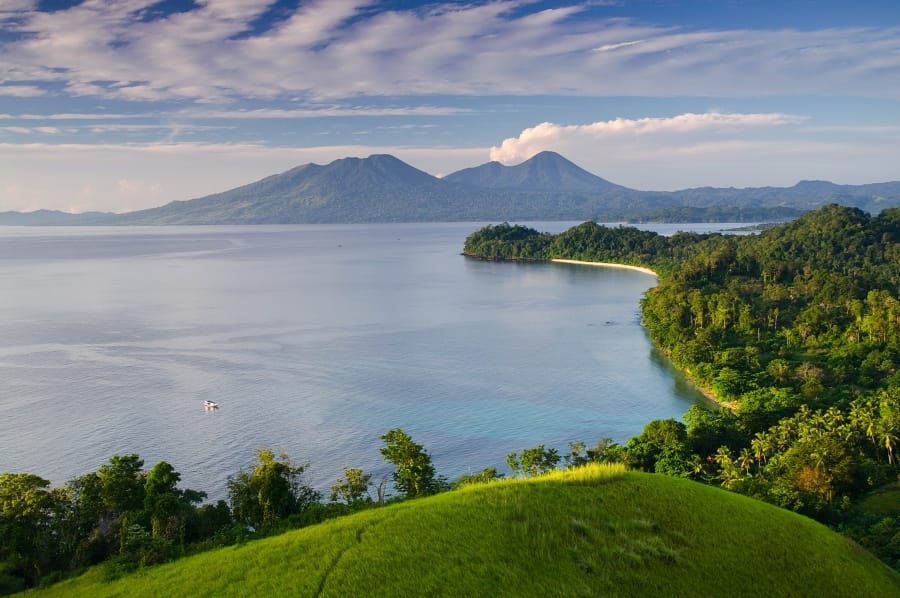
Credit: Indonesia ravel
Manado is a cross-cultural Indonesian city. I was astonished looking at the tens of different churches and multi-ethnic people living there. It is quite close to the southern Philippines, East of Kalimantan and West of Papua Nuova Guinea.
Enlarge
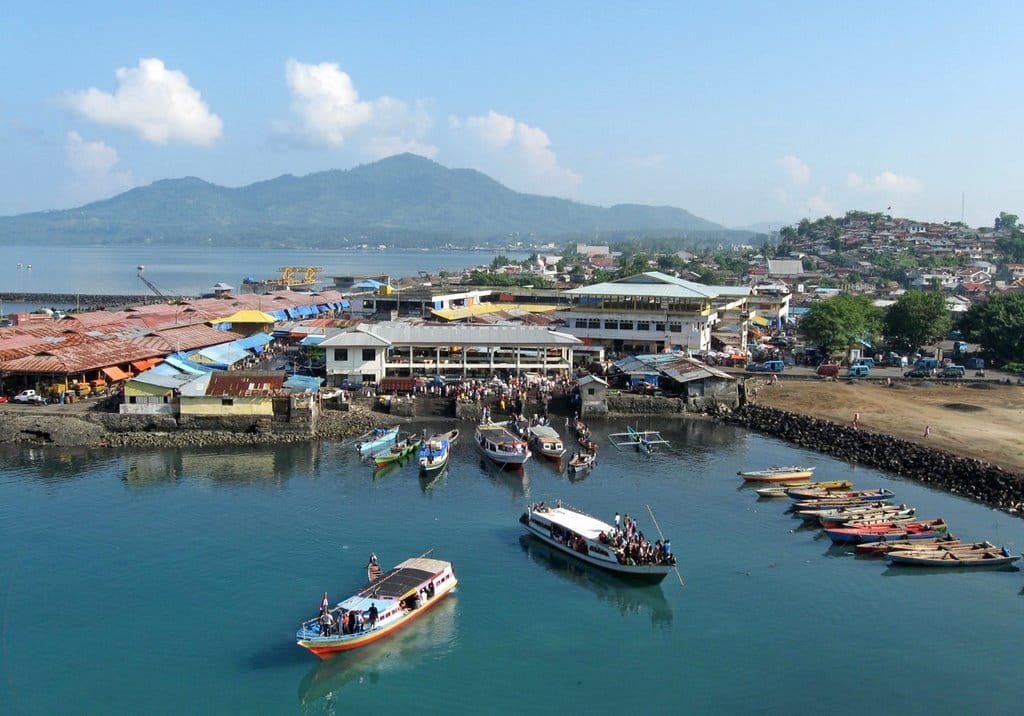
Credit: Indonesia Travel
Due to the dualism of the mountain-sea country, it is not difficult to eat fish and mushrooms or meat of the forest more than tiger prawns or queen octopus. People are very friendly. The town is divided in two, the part near the hills lives like a mountain city, the city down the river is a typical coastal city.
But when you arrive in Manado, you are attracted by just one thing: nature.
Enlarge
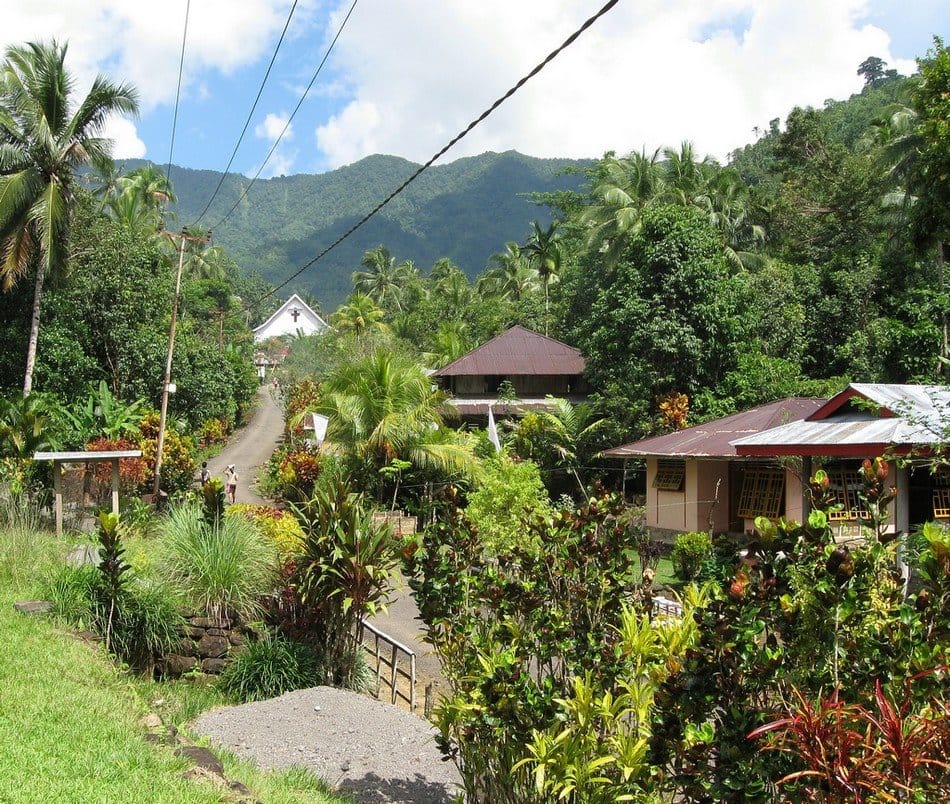
Credit: Indonesia Travel
Alfred Russel Wallace, a great naturalist of the 19th century, was the first to observe that the Indonesian archipelago is inhabited by two distinct sets of wildlife. Wallace's Line, as this boundary is still known, is drawn between Bali and Lombok and between Kalimantan and Sulawesi, and continues South of the Philippines and North of Hawaii to mark the difference in the fauna and flora belonging to the separate land masses in the last ice age.
Sulawesi is believed to have been isolated from both continental shelves and therefore has its own special flora and fauna. Although Kalimantan and Sulawesi are not separated by any significant physical barrier, birds and mammals of these two islands are different. From the botanical standpoint the line is less apparent, Sulawesi's plants appear to be more closely related to those of other dry parts of the archipelago.
TANGKOKO BATUANGUS NATURAL RESERVE
Built in 1919, the Reverve is the best biodiversity environment in Sulawesi. In the Reserve you can see some really extraordinary animals like the Tarsus Spectrum (world's smallest primate), black tailless monkeys, Maleo Birds, wild pigs and kuskus (marsupial family). The Tangkoko Reserve is indeed a suitable protective environment to prevent extinction for these animals.
BUNAKEN SEA GARDEN
Just a few places in the underwater world are as exciting as the Bunaken Marine National Park.
With an area of 75.26 hectares, it is located very close to Manado and is comprised of five islands: Bunaken, Manado Tua, Siladen, Mantehage and Nain.
It is among the top ten places for under marine biodiversity and is a magnificent place.
Small sharks can eat from your hands and extraordinary colors surround you while diving.
The variety of fish and other marine life include: Napoleon Wrasse, Angelfish, Turtles, Blue Ribbon Eels, Stingrays, Eagelrays, Snappers, Groupers, and sharks to name a few.
Enlarge
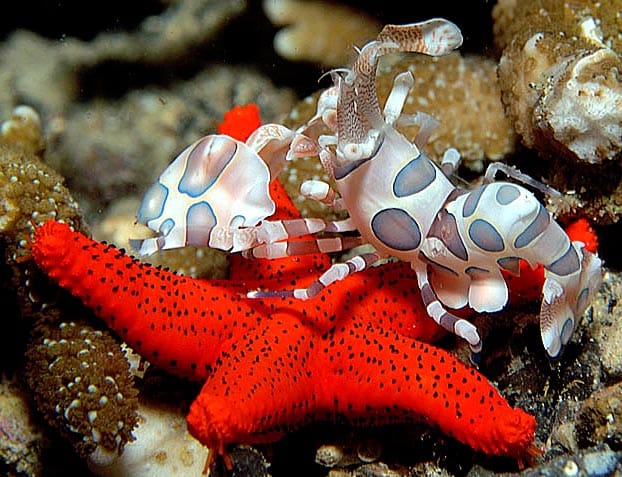
Credit: Indonesia Travel

